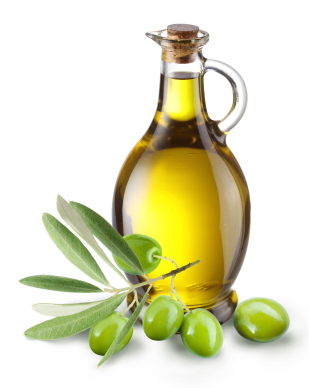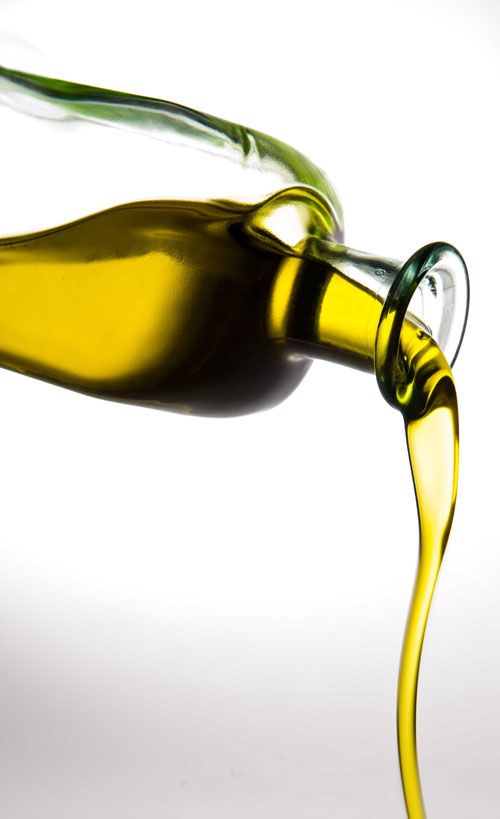 Europa toughens the regulations on olive oil commercialization and production. This reform will affect, basically, labeling and bottling of oils, as well as naming and quality controls in order to assure olive oil quality and avoid fraud as much as possible.
Europa toughens the regulations on olive oil commercialization and production. This reform will affect, basically, labeling and bottling of oils, as well as naming and quality controls in order to assure olive oil quality and avoid fraud as much as possible.
Until now several regulations have been approved concerning labeling. They determine the compulsory of defining oil origin in oil bottles. It is necessary to define whether oil comes from the EU, from outside the EU or if it is a mixture from different vegetable oils. However, when approved, these measures did not have a warm welcome because they were damaging directly two of the most important oil exporters in the world: Spain and Italy. Continue reading

